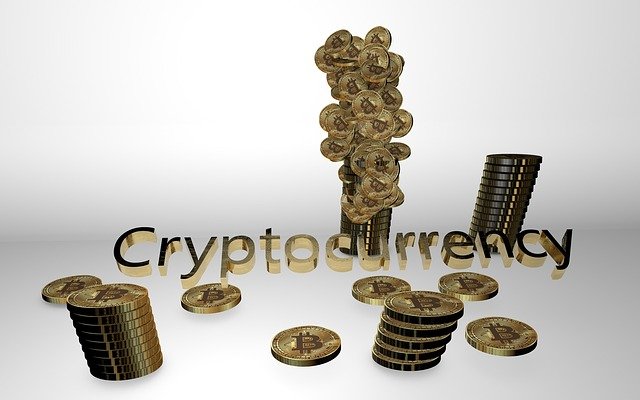The world is moving closer towards web3 everyday, there are new reasons to move from web2 that requires a third party to a more advanced Web that eliminates them. Blockchain solves this problem and more, and its adoption is inevitable. A big use-case of the blockchain is DeFi (Decentralized Finance), and it has changed the narrative of how we used to know Finance. Traditionally, finance is a centrally regulated system that oversees transactions between people or corporations and is now regarded as CeFi (Centralized Finance) after the introduction of DeFi. DeFi eliminates the third party from CeFi and makes it decentralized.
In CeFi, these third parties are in charge of almost everything involved in a transaction apart from initiating them. They control when the transaction occurs, the conditions at which it will be successful and when it will be completed. A third part is very important in CeFi and is regarded as central authority, as it controls and manages basically all of the stakeholders’ information participating in the transaction in a consolidated way. Which means the security of the transaction lies with them,and they cater for the bulk of storage and keeping records of transactions. And it is to be noted that third-party charges a fee for every successful transaction fee.
The big challenge web3 is facing is scalability. Adopting DeFi for everyday use by big organisations and several people has been threatened by scalability, as this problem arises when the number of nodes and transactions increases. It is a big barrier to creating public blockchains in many real-world commercial situations. The underlying structure of decentralized networks faces a unique challenge known as the Blockchain Trilemma: the balancing act between decentralization, security, and scalability within a blockchain infrastructure.
This scalability issue is peculiar to major public blockchain systems, Bitcoin and Ethereum, as each node must store and execute a computational activity to validate each transaction. Ethereum for example is a place where bulk of DeFi transactions happen, showing the need of immense processing power, high-speed internet connectivity, and vast storage space. Its blockchain performance measures in terms of transaction throughput and latency have not achieved a sufficient Quality-of-Service (QoS) level in many notable recent public blockchains.
There are two primary ways to achieve blockchain scalability:
- Layer-1
- Layer-2 solutions.
For this article, I will be talking majorly about Layer-2 solutions.
Layer-2 solutions.
As far as decentralization is concerned, a Layer-1 network refers to a blockchain. For example, Bitcoin and Ethereum. A Layer-2 protocol refers to a third-party integration that can be used in conjunction with a Layer-1 blockchain like Ethereum.
Layer-2 refers to a network or technology that operates on top of an underlying blockchain protocol to improve its scalability and efficiency. It shifts a portion of a blockchain protocol’s transactional burden to an adjacent system architecture, which then handles the brunt of the network’s processing and only subsequently reports back to the main blockchain to finalize its results. Makes it scalable by decongesting the base layer blockchain and abstracting the majority of data processing to auxiliary architecture.
Simply put, Layer 2 solutions are supplementary protocols built on a primary blockchain like Ethereum, and used to ‘offload’ transactions from the primary blockchain it is built on. It is clear that the main aim of L2 protocols is to solve scalability issue and make transactions as fast and cheap as they can be.
Introducing Connext

Connext is the interoperability protocol of L2 Ethereum. It is a cross-chain liquidity network that powers fast, fully noncustodial swaps between EVM-compatible chains and Ethereum L2 networks. Connext, at its core, is a network of liquidity pools on different chains. Users get to swap value between these liquidity pools.
Connext enables sending value and calling contracts across Ethereum-compatible chains and L2s. It is the only interoperability system that does this cheaply and quickly without introducing any new trust assumptions. It is a fully featured generalized state channel protocol. The entire system relies on liquidity providers for user swaps and earn fees in return, users provide liquidity and earn LP rewards according to their share of the pool.
Connext is aimed at developers who are looking to build bridges and other natively crosschain applications. To date, over $700m in transactions have crossed the network. The Connext mainnet bridge and tech is live at xPollinate where you can test out different features, or become a router (liquidity provider) and earn fees based on your share of the liquidity pool.
It is to be noted that Connext represents true decentralization, as it is fully non-custodial. Meaning only users have control over their funds and not Connext or any project building on Connext.
Connect with Connext:
Website || Documentation || Twitter || Discord || GitHub || Medium
